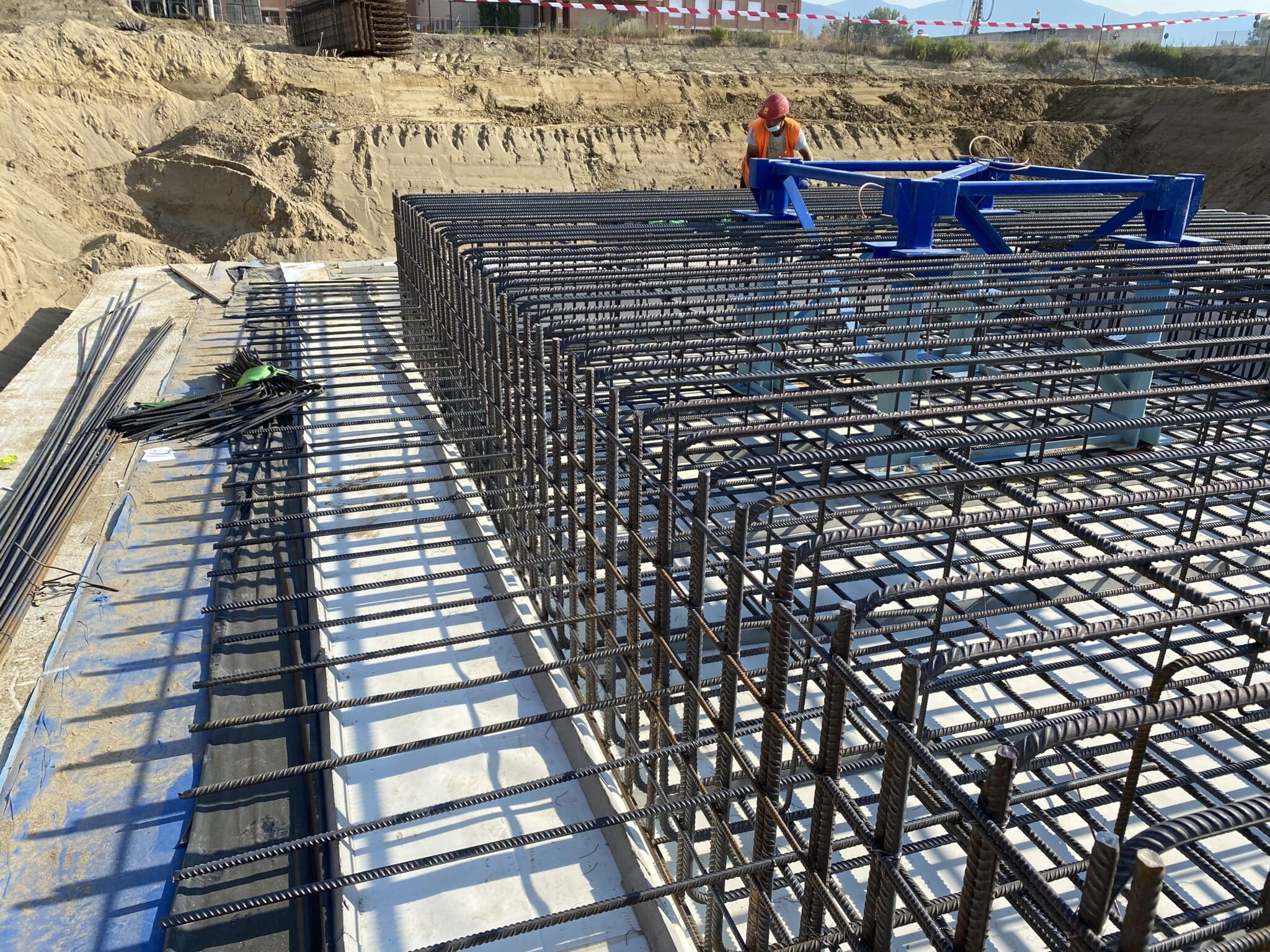There are many options and considerations when designing, selecting, and installing below-grade waterproofing systems. It is important to evaluate systems based on the complexity of the project design, site conditions, scheduling, and of course budgets. In this article, the waterproofing experts at Polyglass focus on the top considerations for ensuring a continuous watertight system.
Waterproofing at Laps, Seams, Transitions, and System Penetrations
The most vulnerable points in your waterproofing system occur at laps or seams, transitions, and penetrations through the system. To ensure you are addressing each of these critical areas it is essential to pay attention to the “details.”
- Laps or seams occur in any sheet waterproofing membrane. In order to ensure a watertight lap or seam, the installer must use methods that include lining up the seams properly and ensuring any taping or other redundancies that are required by the manufacturer are followed. Avoid pitfalls by selecting systems that have pre-printed guidelines at the laps, and have minimal requirements for treating laps which will result in less labor and potential for workmanship issues.
- Transitions between different waterproofing systems, such as tie-ins between post-applied and pre-applied membranes and various structural elements, are often left out of project designs, leaving the GC and installer faced with making on-site decisions on how to address these transitions. A pro tip to ease the pain of these on-site discussions, which will undoubtedly cause costly delays, is to have a pre-construction meeting dedicated to the waterproofing installation before the commencement of the work with designers, installers GCs, and all relevant trades affecting the waterproofing installation, and the manufacturer technical team to ensure these details and the sequencing of the work is discussed prior to construction beginning.
- Penetrations by nature cause a breach in your waterproofing system. Breaches are vulnerable points and require robust detailing approaches. A pro tip for addressing penetrations is to select a system that has liquid detailing products complimentary to the sheet membranes. Liquids detailing products are easy to adapt to irregular-shaped penetrations and can be used in a variety of areas with ease. Ensure this liquid detailing product is compatible with the membranes and products that it will come into contact with. Discuss compatibility testing with your technical team from the manufacturer.
In summary, the system you select and the technical support you receive from the manufacturer will play a significant role in your project’s success.
At Polyglass we offer 24/7 technical support to answer questions, review drawings, partner with you at pre-construction meetings, and provide you peace of mind that your project will be done right the first time.
Contact us today to learn more about how we can assist you with your next below-grade waterproofing project.
